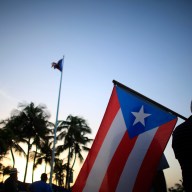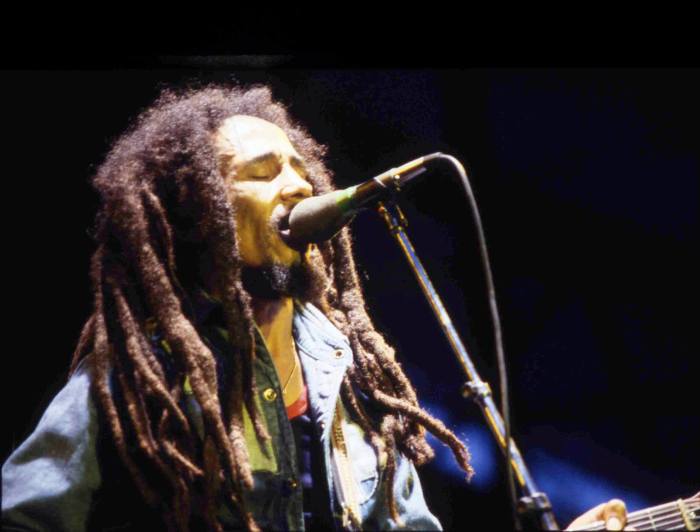Beit from third grade lessons or the “Today in New York City History” NY1 segment, most New York natives have a basic understanding of how the city got its name. The Dutch’s “New Amsterdam” became the British colony of “New York.” But most of us don’t even question why the street we commute to every day is called “Wall St.” or why Stuyvesant St. doesn’t conform to the city’s orderly grid pattern. Here’s a look at how some of Manhattan’s streets and squares came to be.
Wall Street
 A wall originally stood where present-day Wall St. is.
A wall originally stood where present-day Wall St. is.
Credit: Getty Images
As you might have guessed, Wall St. used to be the site of a literal wall. The Dutch settlers built a large wooden wall across the island in order to protect themselves from the British and Native Americans who inhabited the rest of Manhattan, and formed New Amsterdam’s northernmost border. Upon renaming the island New York and colonizing it as their own, the British took down the wall but referred to the street parallel to it as “Wall St.”
Stuyvesant Street
 Peter Stuyvesant, director-general of New Amsterdam, has left a mark on the city with Stuyvesant St., the only street in Manhattan that truly runs from east to west.
Peter Stuyvesant, director-general of New Amsterdam, has left a mark on the city with Stuyvesant St., the only street in Manhattan that truly runs from east to west.
Credit: Wikimedia Commons
Like many of his Manhattanite contemporaries, Peter Stuyvesant, the last Dutch director-general of the New Amsterdam colony, held his own farm property on the island with its own unique pattern. Though the current grid system we have today took shape over a century after Stuyvesant’s death, the Dutchman was still able to leave his mark though his descendants’ maintenance of the family estate. Stuvyesant’s great-great-grandson was married to the daughter of one of the commissioners for the citywide grid plan, and so he was given the special privilege of keeping the wayward street. The street, which led to his home, now cuts through 9th and 10th streets between 2nd and 3rd avenues in the East Village, and is unique in that it is the only street on the island that truly runs from east to west.
Times Square
 Long Acre Square was renamed Times Square in 1904.
Long Acre Square was renamed Times Square in 1904.
Credit: Ephemeral New York
In 1904, Long Acre Square was renamed Times Square in an effort to create a clear and unique name for the new subway station. Because “42nd St. Station” and “Broadway Station” could easily be confused with other subway stops along 42nd St. and Broadway, the head of one of the subway systems at the time suggested the name “Times Square” as the city center’s new name, as the train station was to pass through The New York Times’s new headquarters, underground. The newspaper’s building, then under construction, was completed the following year.
Park Avenue
 Back in the day, Park Ave., then 4th Ave., was home to a railroad that fell out of use and whose tracks were subsequently covered with grass, lending to the avenue’s present-day name.
Back in the day, Park Ave., then 4th Ave., was home to a railroad that fell out of use and whose tracks were subsequently covered with grass, lending to the avenue’s present-day name.
Credit: Joseph Brennan
In a way, Park Ave. is a predecessor to the High Line. Beginning in the 1830s, the avenue was home to the New York and Harlem Railroad, whose tracks were eventually covered with grates and grass. This section of the road passing through the “park” received the name Park Ave. while its continuation down south was named in accordance with the rest of the city – 4th Ave.















